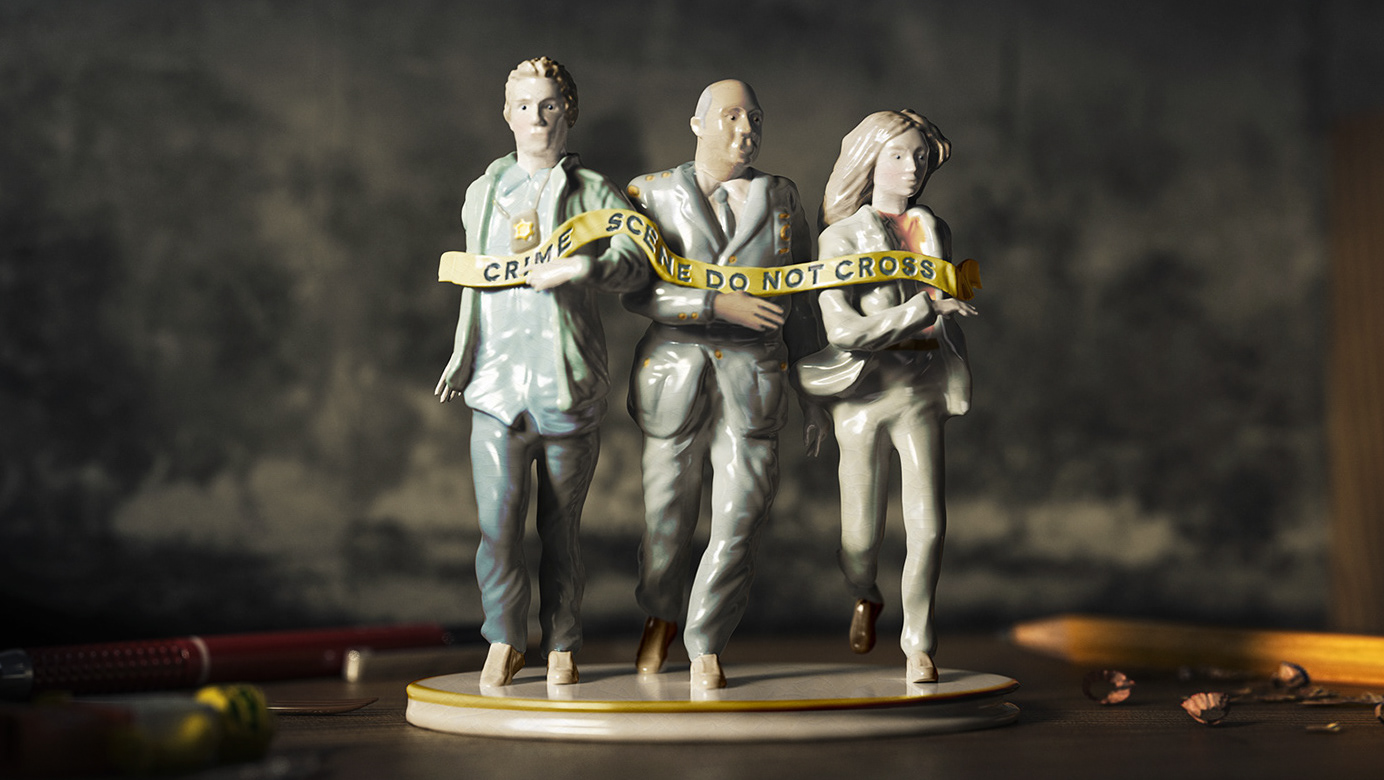When distant suburban cemeteries were built by the turn of the 20th century, Prague's Electric Company, the local public transport operator, devised a plan to connect them with central residential areas using special 'funeral trams.' These trams were designed not only to carry coffins but also to host funeral rites during the journey to the cemetery—a truly futuristic notion combining the new electric current with old Catholic faith, 19th-century ritual, and 20th-century efficiency. The proposed Kafka-esque tram consisted of two separate compartments, each for one ceremony: there was space for eight mourners, the coffin, funeral wreaths, and a separate coupé for the clergyman.
Once World War I broke out, the plans were put on hold. In the meantime, ambulance tram-cars appeared in Prague to connect railway stations with nearby hospitals, as shell-shocked front-line soldiers began to flow into the ancient capital. However, the city eventually got its funeral tram: on October 22nd at 3 PM, the first tram-car departed from the military hospital at Charles Square, carrying the coffins of two deceased soldiers to the infamous Olšany Cemetery.
The tram was designed to carry four coffins in two compartments, accessible from the side walls of the vehicle. It was painted black, and instead of the usual route number, the roof lamp displayed an illuminated cross. The tram was operated by military personnel and, within one year, carried over 1,042 coffins of front-line soldiers. It was dubbed 'Černá Máry' (The Black Mary) by the frightened locals.









